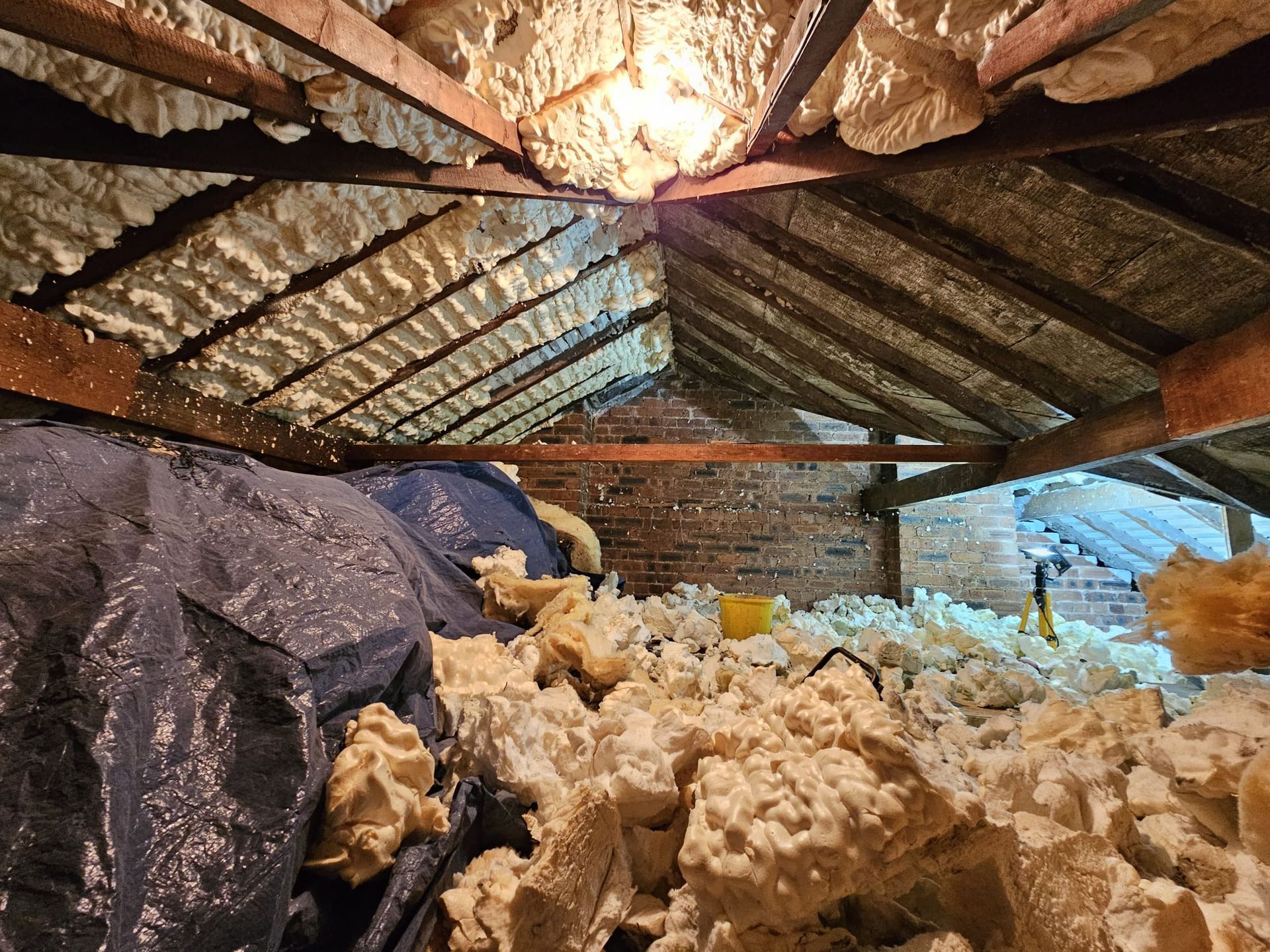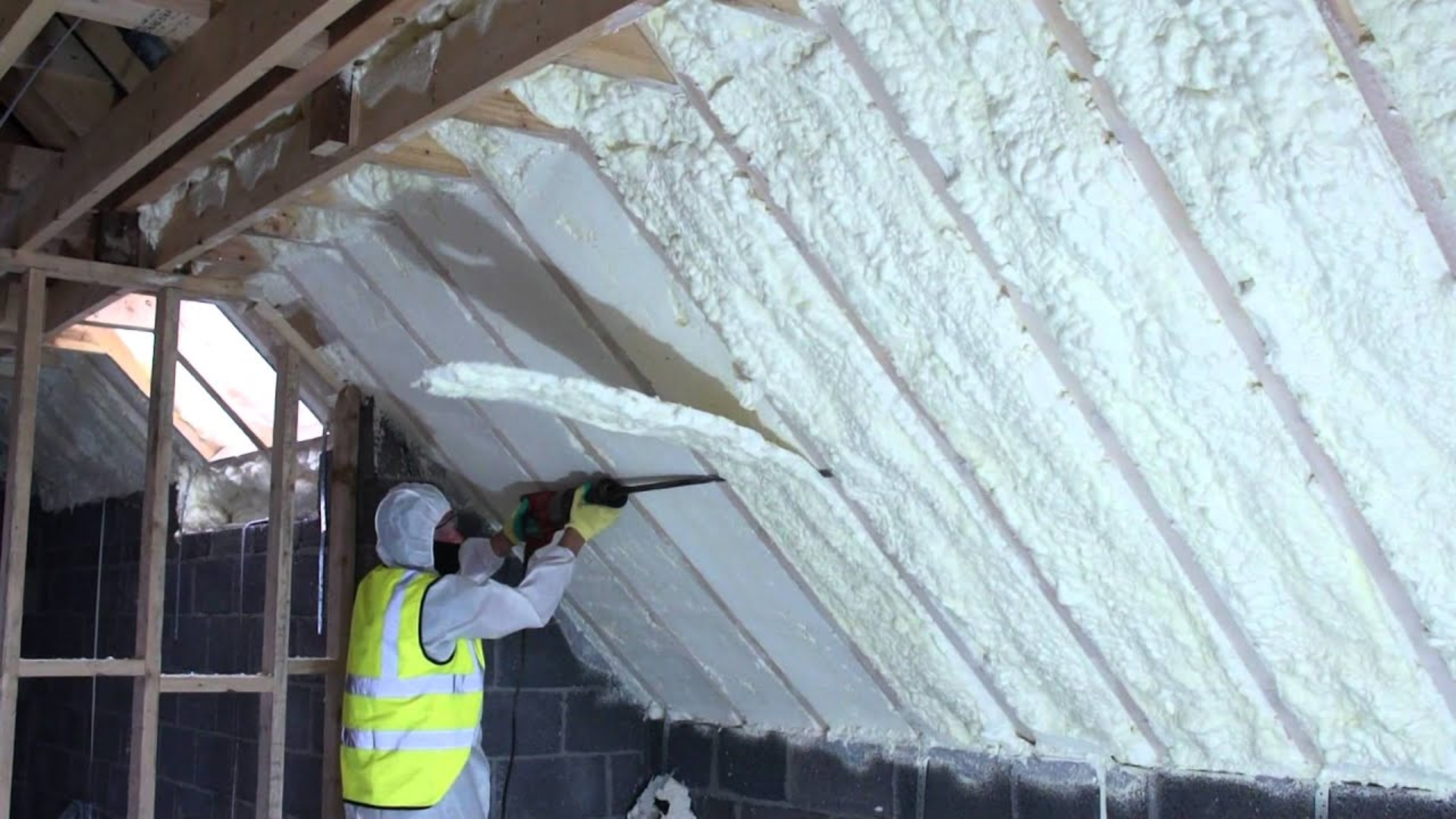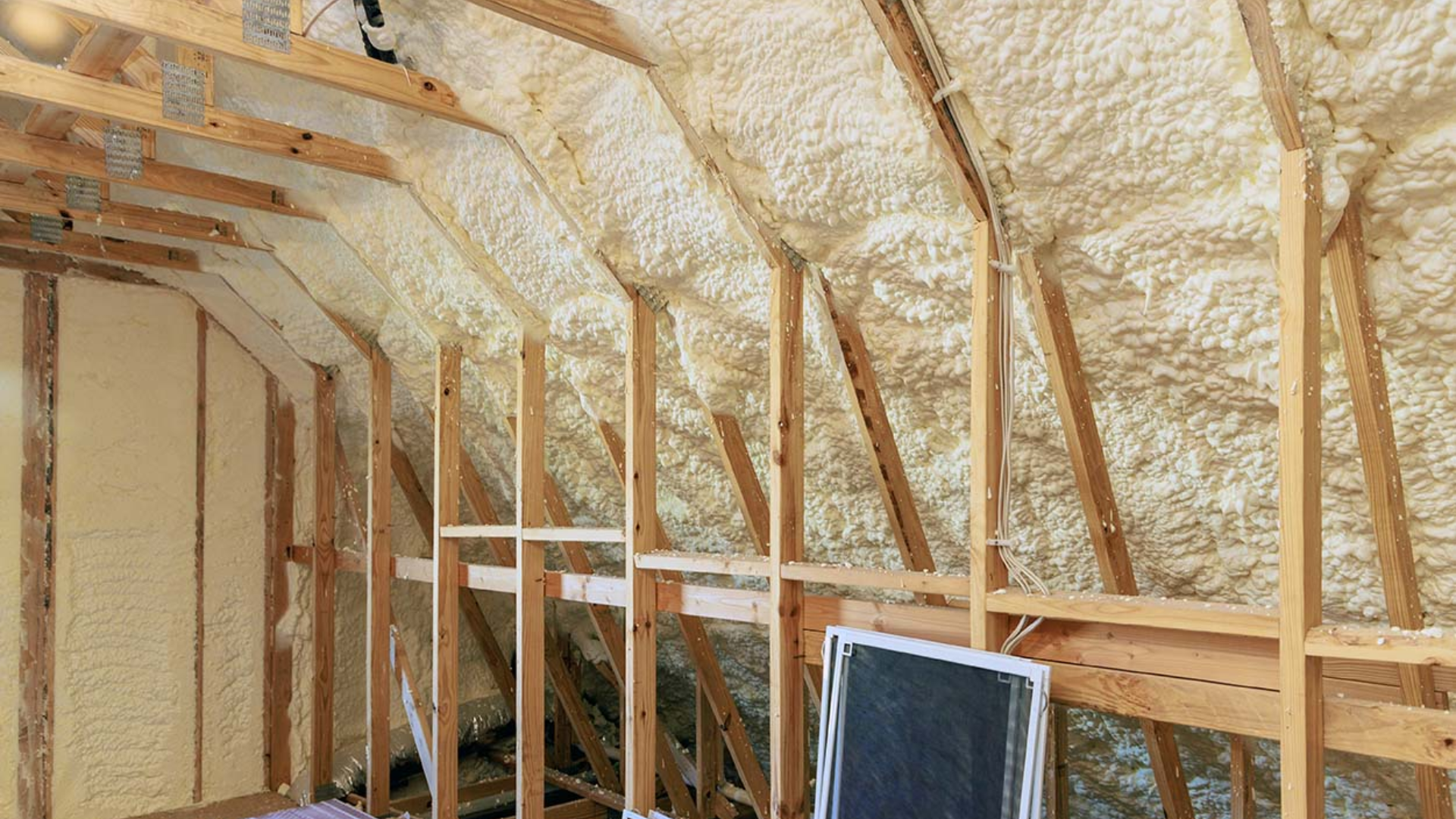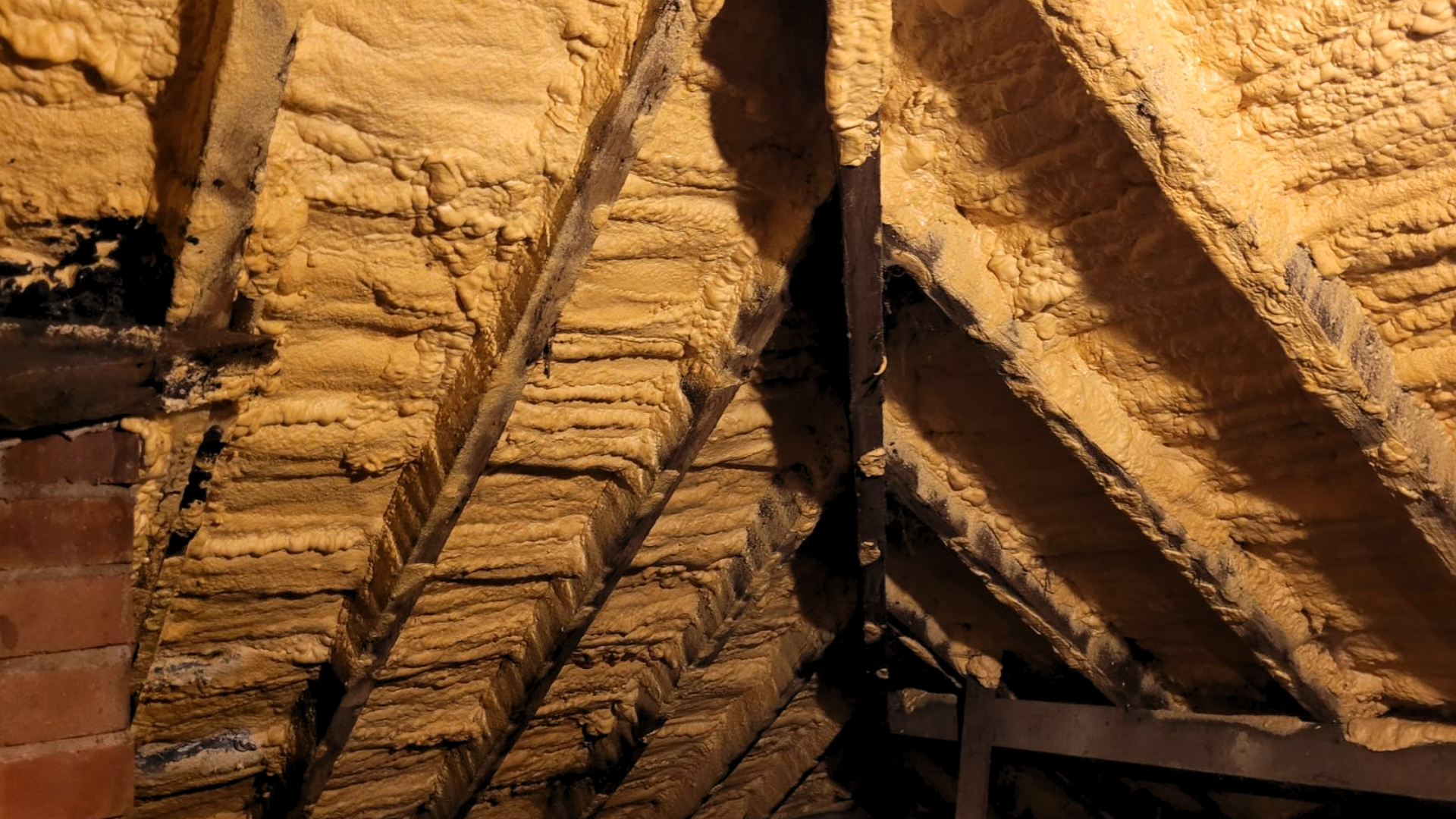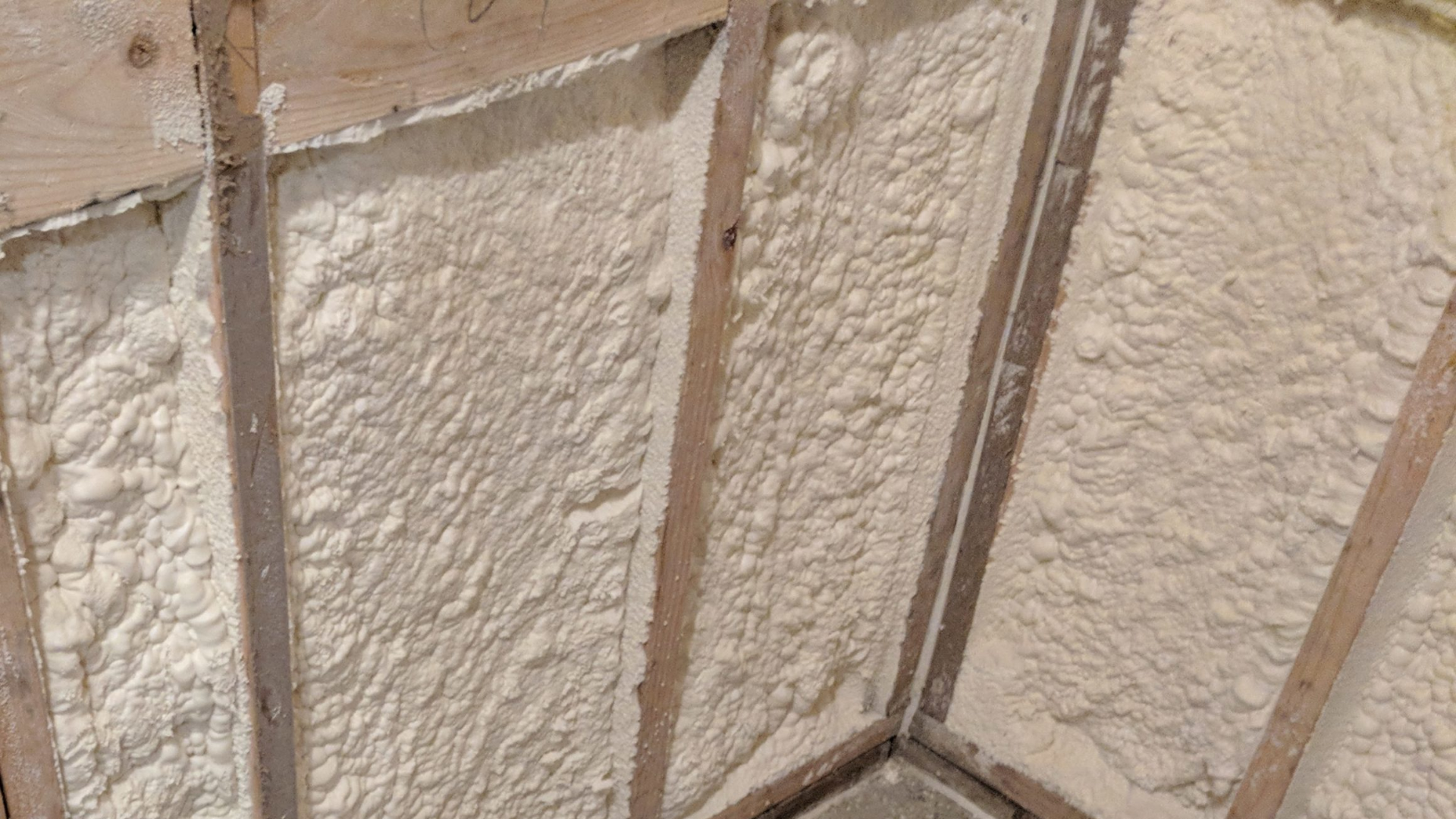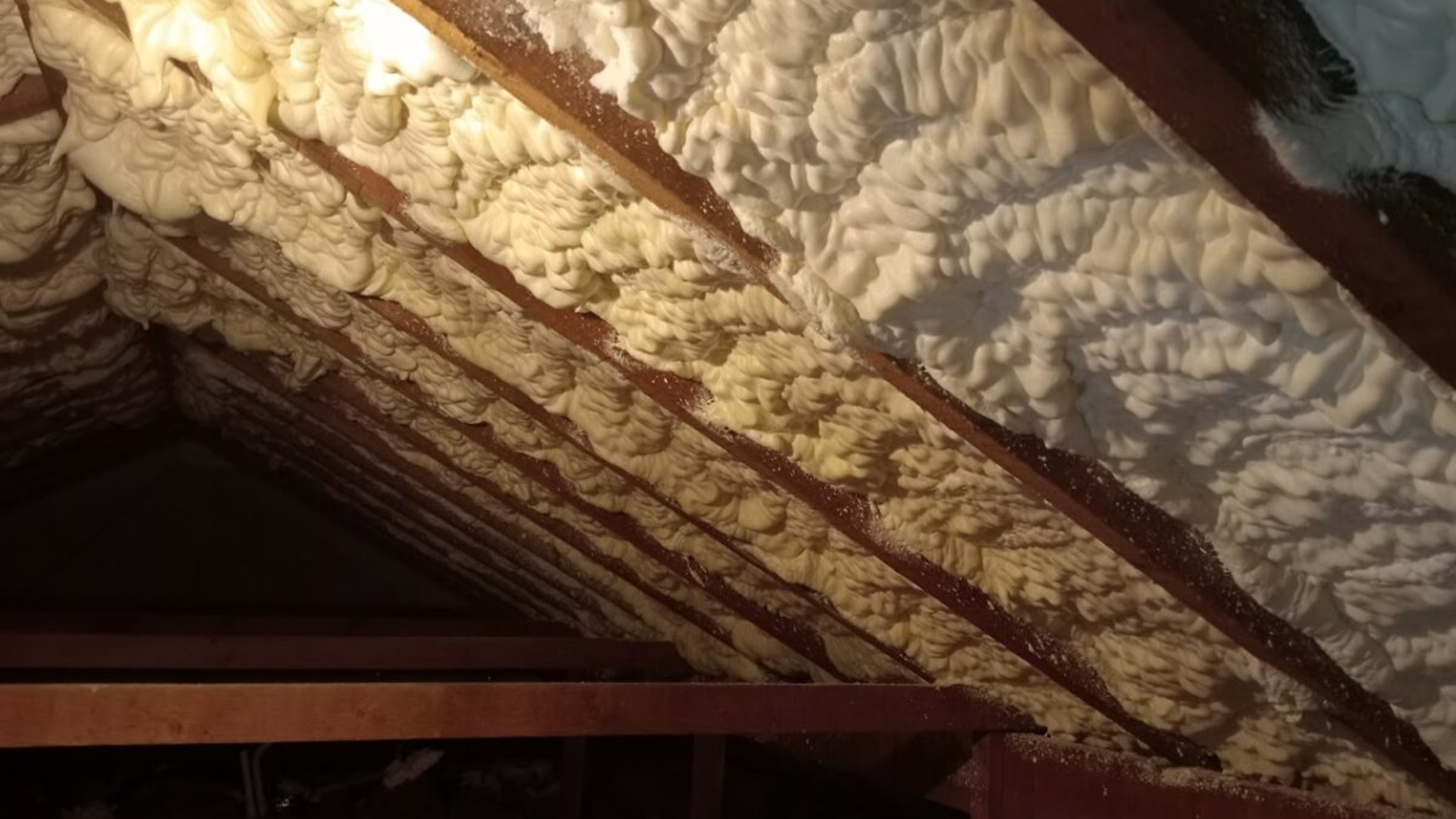What You Need to Know About Spray Foam Insulation and Fire Safety
Are you up to date on fire safety in your home?

Spray foam insulation has become a popular alternative to traditional building insulation in recent years. With its versatility, it can be used to insulate roofs, lofts, walls and floors, helping to retain warmth and reduce energy costs. However, as with any building material, it is important to understand the potential risks and safety concerns associated with spray foam insulation. In this blog, we will explore what you need to know about spray foam insulation and fire safety.
Get in touch today if you’re ready to remove the spray foam insulation from your home. Click here to find out how we can help.
What is spray foam insulation?
Spray foam insulation, also called spray foam or spray polyurethane foam (SPF), is a chemical product designed to provide superior levels of insulation. It is applied in liquid form and expands up to 100 times its original size, filling every corner and gap, even in hard-to-reach spaces. The two main types of spray foam insulation are open-cell and closed-cell, with closed-cell being more dense and effective at preventing air and moisture infiltration.
Fire safety concerns with spray foam insulation
One of the primary concerns with spray foam insulation is its flammability. Polyurethane spray foam is typically a flammable material and can contribute to the spread of fire in a building. As a result, homeowners should be aware of the fire risk to their property when using spray foam insulation as insulation.
How to mitigate fire risks with spray foam insulation
To minimise the risk of fire associated with spray foam insulation, it is important to follow the manufacturer's installation instructions carefully. In addition, homeowners should work with a professional contractor who has experience installing spray foam insulation and is aware of the necessary precautions to take.
It is also important to ensure that the spray foam insulation used is rated for fire resistance. There are two types of fire resistance ratings for spray foam insulation: Class A and Class B. Class A rated insulation is the most fire-resistant, while Class B rated insulation is less resistant but still meets minimum safety requirements.
The biggest risk associated with spray foam insulation is the potential for it to catch fire. When this happens, the foam will burn and release harmful chemicals into the air, which can be dangerous to inhale. Homeowners should also be aware of the risks associated with DIY spray foam insulation kits. These kits come with significant health risks and should only be installed by experienced professionals. This is because the chemicals used in spray foam insulation can be hazardous to handle, and improper installation can lead to serious health problems.
Thinking of getting rid of the spray foam insultation in your home? Get in touch today, click here to speak to a professional.
Book an appointment


